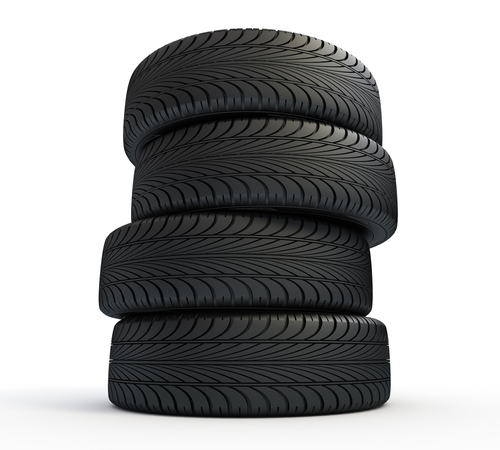The History of Rubber

Rubber has been a significant resource for civilization for many years, even as far back as 1000 CE. This material can be (and has been) used for a wide variety of things, including clothes, erasers and tires. Here is a brief history of this fascinating material!
1000 CE: Indians living in South and Central America learned how to make waterproof clothes and shoes by using latex from rubber trees.
1731: During an expedition to South America, French explorer Charles Marie de La Condamine sent back samples of rubber to Europe, prompting intense scientific interest.
1770: English scientist, Joseph Priestley, finds he can use pieces of rubber to erase the marks made by pencil on paper. In England, erasers are still widely called “rubbers” today.
1791: Englishman Samuel Peal develops a method of waterproofing cloth with a rubber solution.
1818: Scottish medical student James Syme uses rubber-coated cloth to make raincoats.
1823: Scotsman Charles Macintosh learns of Syme’s discovery, refines it, patents it, and earns fame and fortune as the inventor of the rubberized, waterproof coat.
1839: American inventor Charles Goodyear accidentally discovers how to vulcanize rubber after dropping a piece of the material (treated with sulfur) onto a hot stove.
1876: Intrepid English explorer Sir Henry Wickham smuggles thousands of seeds from the rubber tree Hevea brasiliensis out of Brazil and back to England. The English grow the seeds at Kew Gardens just outside London and export them to various Asian countries, establishing the giant plantations that now supply much of the world’s rubber.
1877: US rubber manufacturer Chapman Mitchell develops the first commercial process for recycling rubber from scratch.
1882: John Boyd Dunlop invents the pneumatic rubber tire. The development of gasoline-powered cars with rubber tires leads to a huge increase in the need for rubber.
1883: US chemist George Oenslager develops a much faster way of vulcanizing rubber using chemicals called organic (carbon-based) accelerators.
1930: A team of US chemists at the DuPont company, led by Wallace Carothers, develop a revolutionary synthetic rubber called polychloroprene and sold as neoprene. Shortly afterward, the same group developed an even more revolutionary material: nylon.
Western Tire Recyclers produces the finest quality rubber mulch and livestock water tanks available. With our central location, we offer dependable service to not only Utah, but all of the Western United States and beyond. Please visit our website and feel free to contact us anytime.


